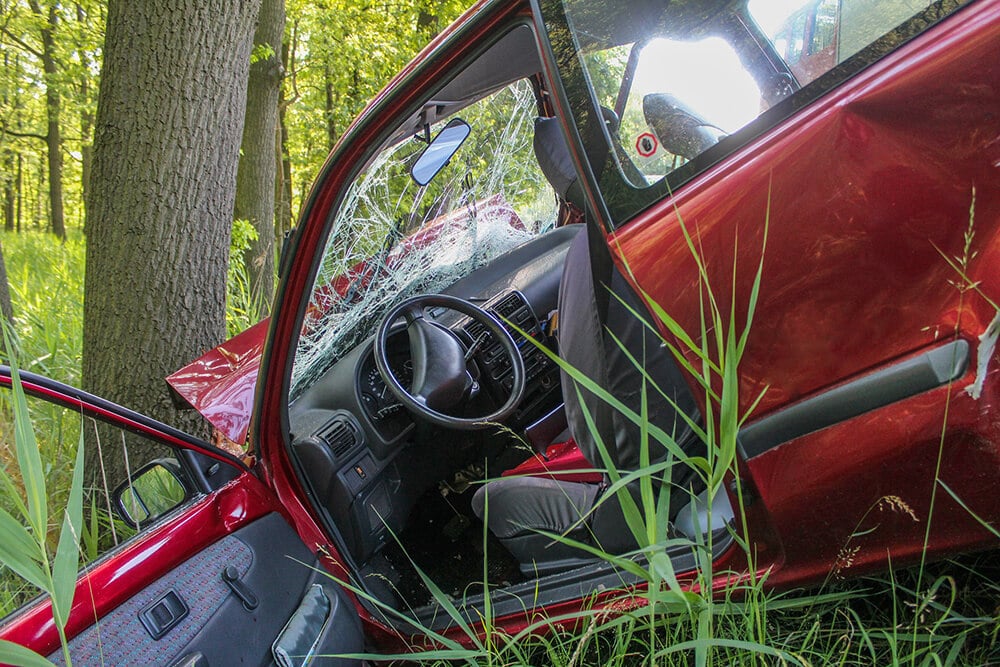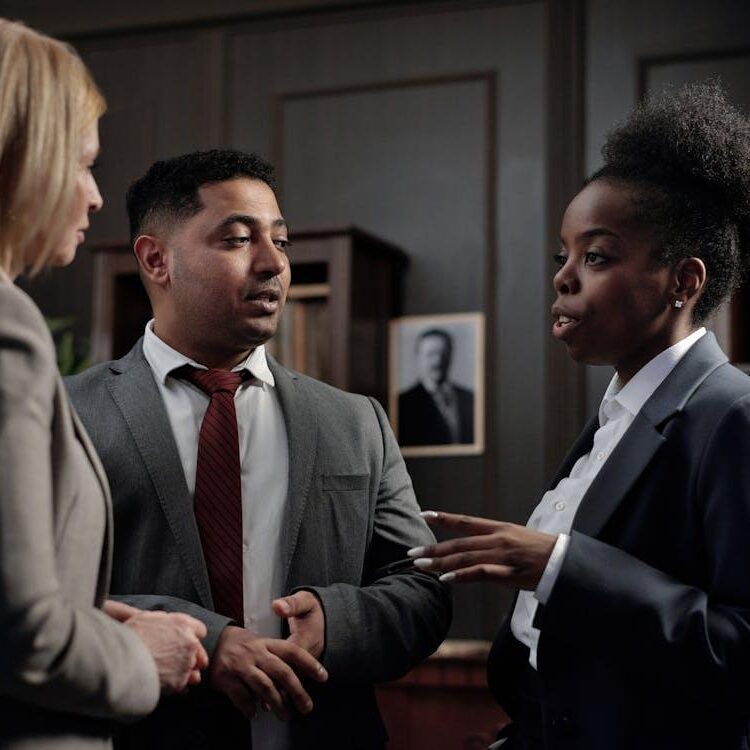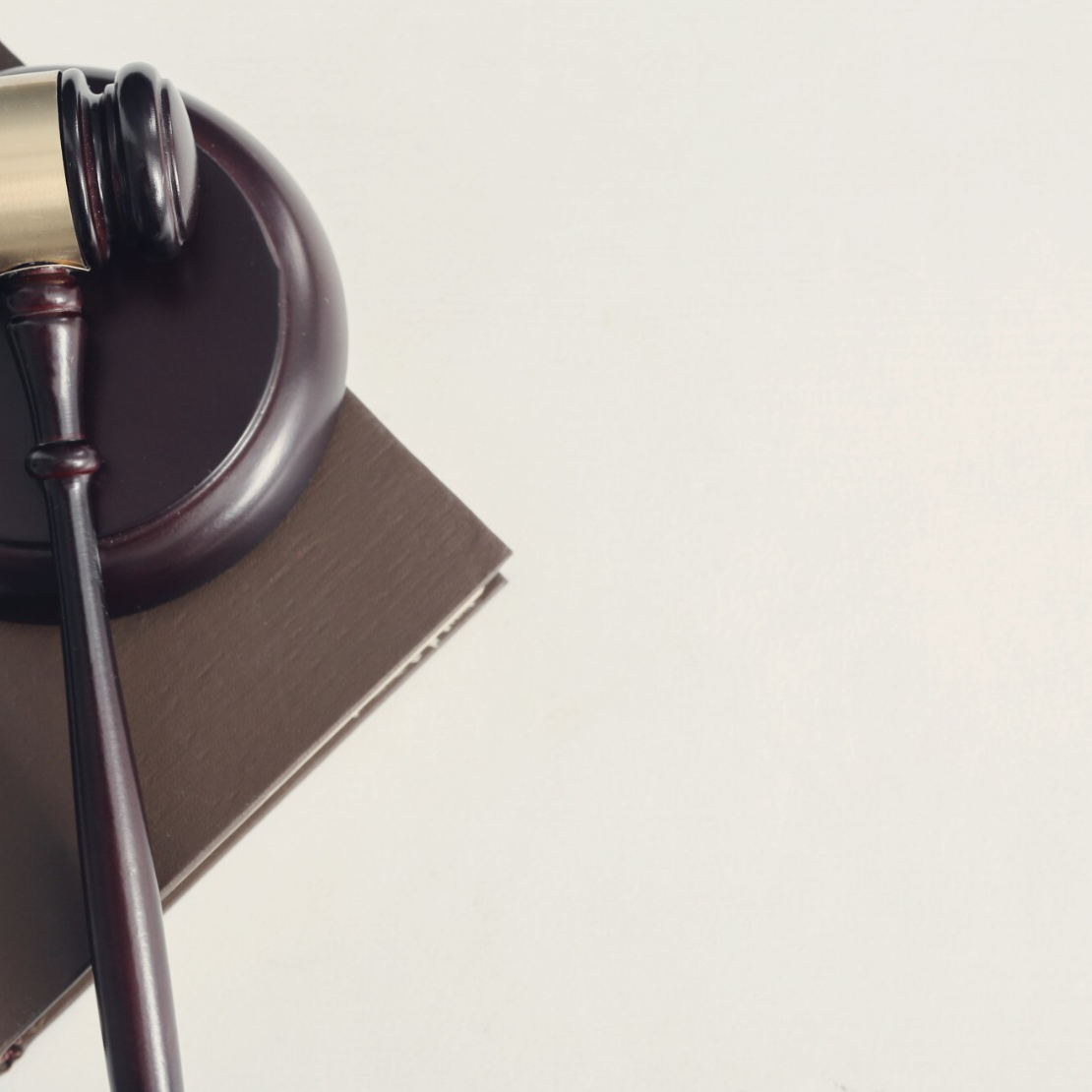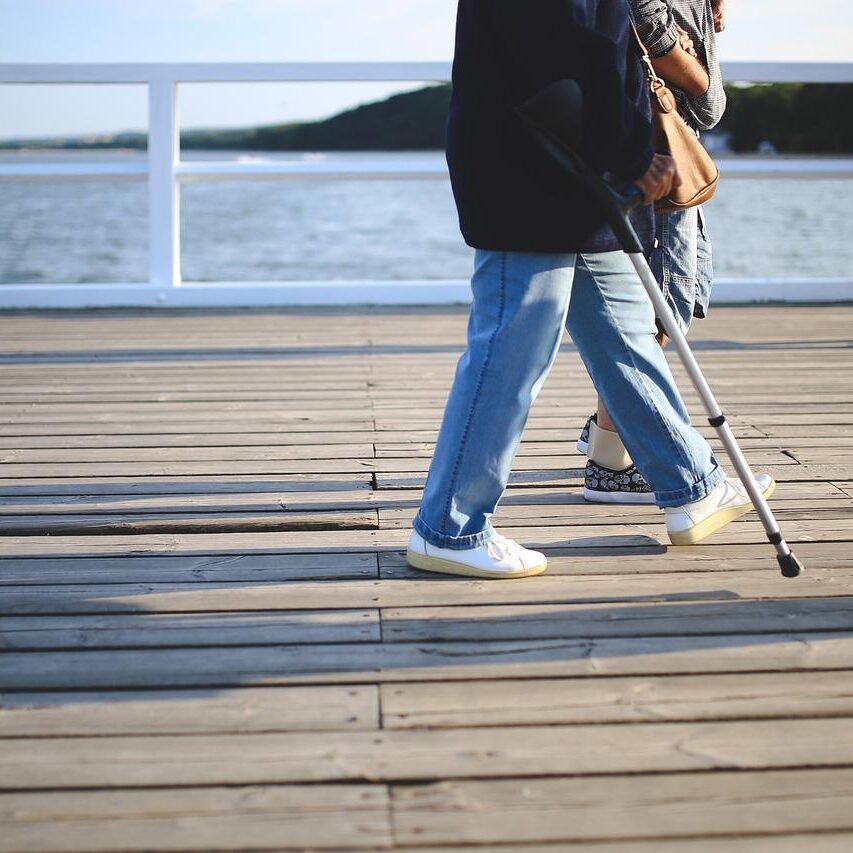October 3, 2019
What Is the Rescue Doctrine and When Does it Apply?

An emergency scenario can erupt at any moment. In a situation where another person’s life is in danger, it’s human nature to want to save them, even if it means you’ll get injured in the process. When that happens, you’re protected by the Rescue Doctrine.
The Rescue Doctrine states that when someone else causes a crisis, if you attempt to save a person in danger and receive injuries or die, the person who caused the danger is liable for your injuries or death. Since that person is liable, you can receive compensation for any injuries that you received while voluntarily trying to save another person from serious injury or death.
What Is the Rescue Doctrine?
The Rescue Doctrine started in 1921 after the case Wagner v. International Railway in New York. The lawsuit came about because the International Railway allowed train passengers to walk between train cars while it was moving even though it was dangerous, and a passenger fell through. Wagner voluntarily helped the rider who fell and was injured while helping. This led to the establishment of the Rescue Doctrine because the defendant was liable for Wagner’s injury from their negligence.
In Georgia, the doctrine shows up in the Walker Hauling Company, Inc. v. Johnson case of 1964. In this case, the plaintiff volunteered as a firefighter after an explosion caused by the defendant’s negligence, and the plaintiff was injured. According to Georgia’s tort law, the rescue doctrine applies because the plaintiff was attempting to rescue endangered life or property on their own free will.
When Does the Rescue Doctrine Apply?
In order for the Rescue Doctrine to apply, certain aspects of the scenario must be proven. Without careful presentation of your situation, your case might not fall under the doctrine. A diligent and experienced legal team can help you prove the necessary points that:
- The dangerous situation was caused by the defendant and their negligence.
- The plaintiff was attempting to rescue a person in that dangerous situation.
- While making the rescue attempt, the plaintiff was injured or died.
- The plaintiff was practicing reasonable care during the attempt.
If this is still confusing, here’s an example. Say you witness a car accident. One driver is speeding and bumps into the car in front of them. That car runs off the road and into a ditch. You see that the victim is trapped in their car, so you decide to help. While you are attempting to pull the victim from the car, you break your ankle. The driver who caused the accident is liable to compensate you for your injury because the situation happened because of them.
Who Can Help?
If you still have questions about the Rescue Doctrine and think it applies to your case in Atlanta, Bey & Associates, LLC has your answers. We can help you seek compensation for your injuries and get you the justice you deserve. Contact us to schedule a free consultation with one of our dedicated lawyers.
The above blog may be considered advertising material and should not be used as legal advice.



